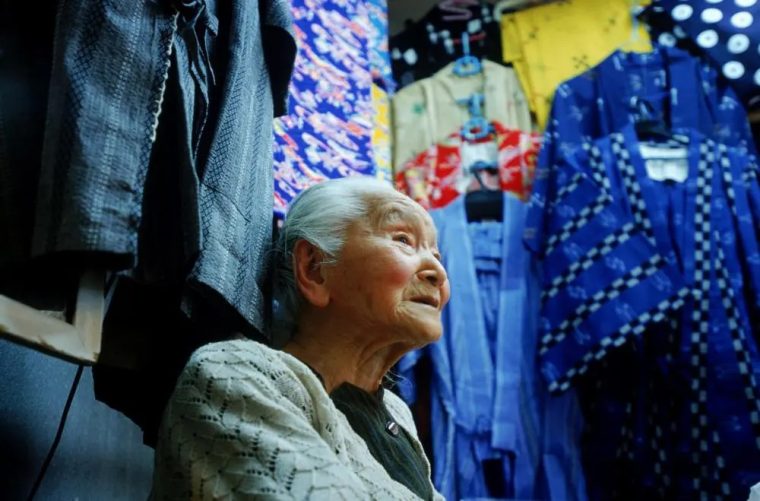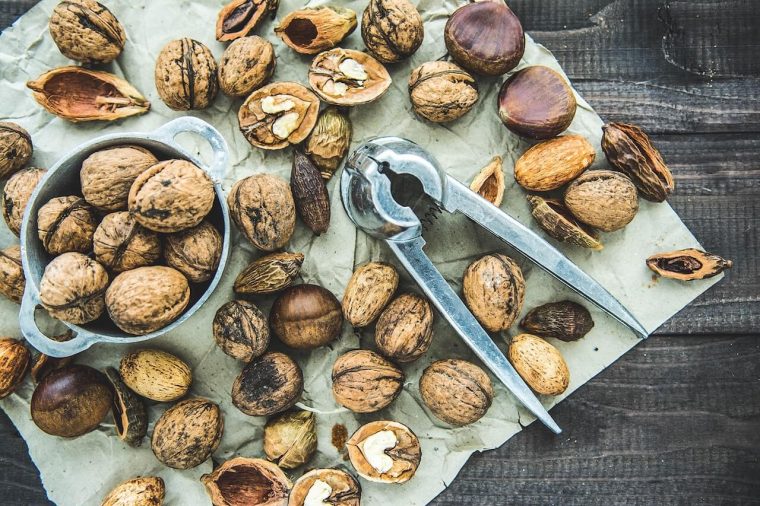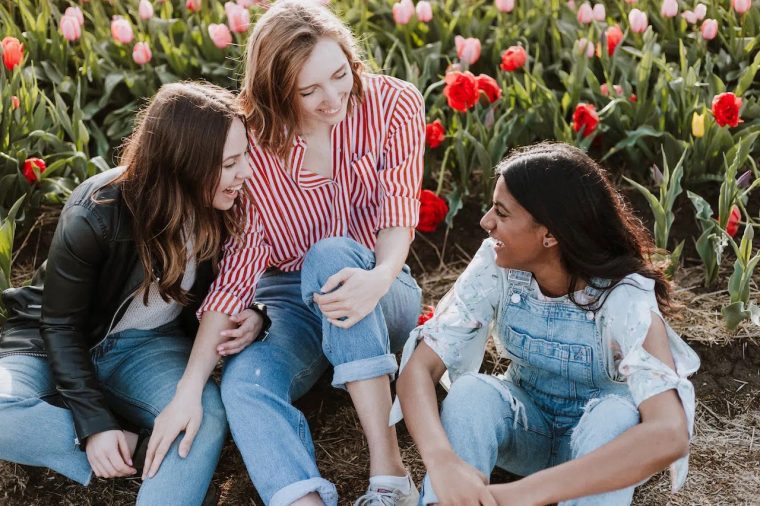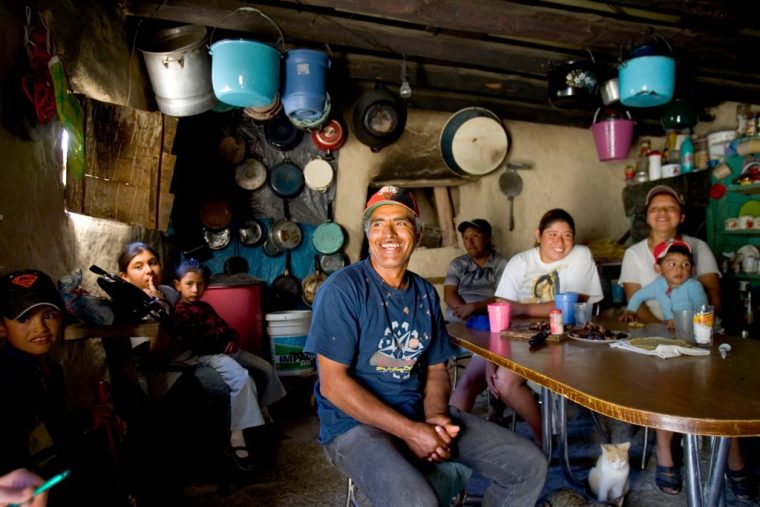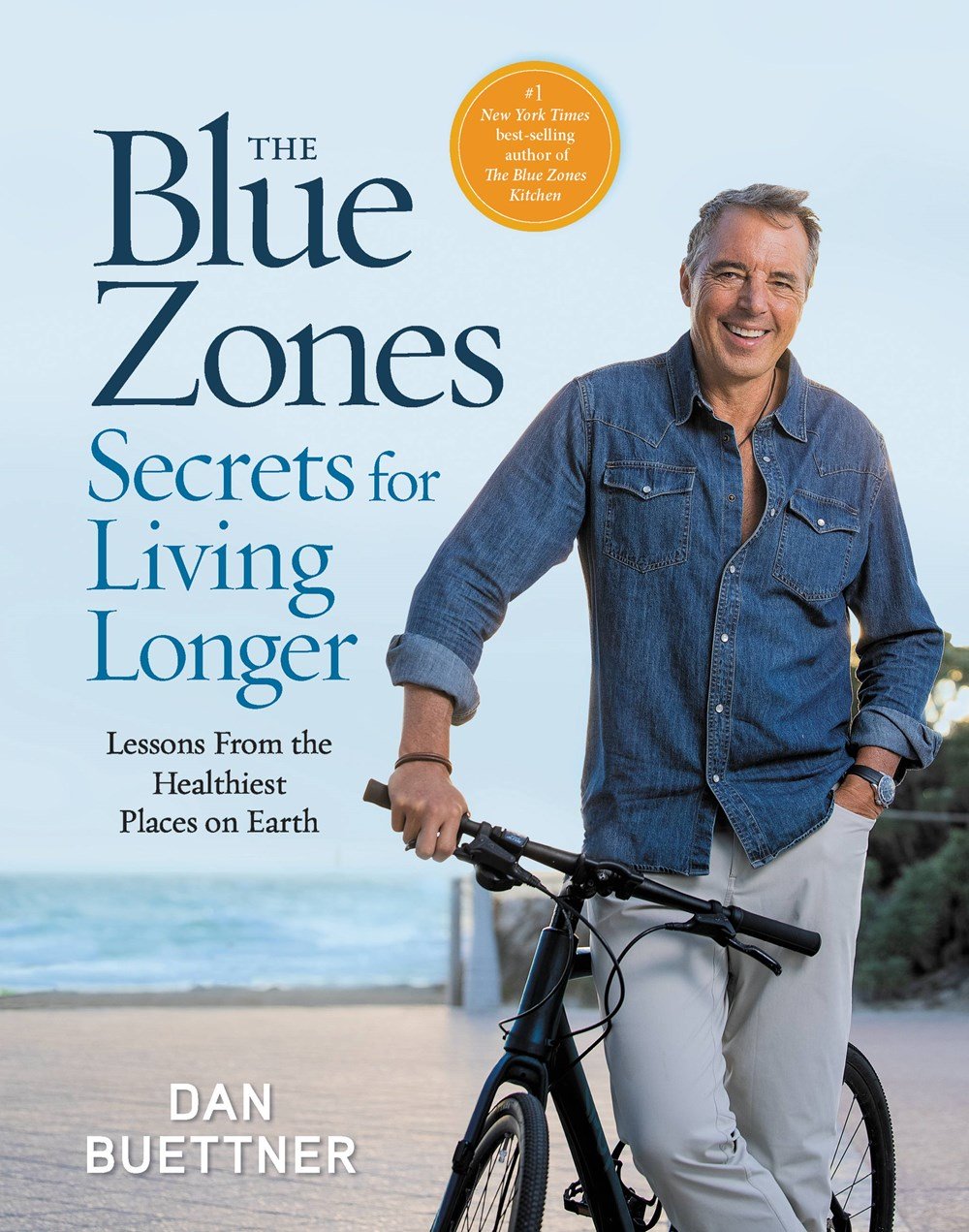If you haven’t already noticed, this introductory section is where I’m most likely to break the fourth wall and mention something about the process of producing this newsletter.
With a few editions, this has happened because (truth be told) I really didn’t know how else to start them. As fellow writers will understand, sometimes you just have to start yammering and push through it—even if you feel like a monkey banging on a typewriter and even if you feel like there’s nothing more to say anyway.
But you know what? I think I sometimes forget that this introductory section is a great opportunity to address you ? more directly as a reader of Eating to 100.
Sure, I can use this section to tease and stage the content for you—and, in many cases, I still will—but I can also do more to keep you in the loop and to listen to your feedback in 2024. So we’re going to set that change in motion right now.
I don’t think I’ve ever done this before, but… the General Suggestion Box is open! ?️
If you have any thoughts, opinions, musings, rantings, ravings, or constructive criticisms to offer about Eating to 100, just hit Reply (if reading this via email) and let ‘er rip. I can’t promise that you’ll get a response or that your suggestions will be implemented, but I can promise that I’ll be paying serious attention to any and all replies I see. (I wouldn’t ask unless I was curious!)
As for today’s two main articles…
It’s still early in the year, so I decided to make them relatively light again. They’re not lacking in substance, but they’re easy and breezy: we’ve got ?️ another set of beginner-level wine FAQs and ?️ a blue-zone take on one of the internet’s best-circulated parables.

If you wanted to read the first 7 beginner-level wine FAQs, just head on over to Edition 35 in the archive!
Otherwise, I don’t think we need much preamble here. We’ve got three more questions and answers headed your way, starting now—
1️⃣ I’ve heard that there’s some technique to tasting wines—or at least, that there’s a “right way” to do it. Is that just pretentious BS or (if not) can you give me a crash course?
It’s not pretentious BS, though it is certainly easy to make fun of. ?
Now for the crash course…
The first thing you can probably picture about wine tasting is people swirling the wine in the glass. This accomplishes two important things:
?️ It allows you to see, in more detail, what the wine is like. Among other details, it allows you to see the wine’s color, texture, viscosity, and tannin profile before your nose and mouth ever get around to tasting it.
?️ It helps the wine to mix with the ambient oxygen, which brings out the full mature flavor of many wines (and which, if nothing else, makes wines easier to smell during the tasting process).
Then they actually raise the glass to take a drink, and they’re doing a few things that you can’t really see:
- They’re inhaling through the nose before and during the drink. A lot of wine tasting is technically wine smelling, both literally (because smelling is one of the steps in tasting wine) and figuratively (because wine experts and wine-tasting experience will teach you more about the delicate interplay of those senses).
- They’re feeling it in their mouths and on their tongues and taking account of first impressions. These first impressions vary by wine and by drinker, but someone might be paying attention to (for example) which flavors they notice in what order, or how the mouthfeel changes as it settles onto your tongue.
- As they swallow and begin to take another breath, they’re still taking account of flavors and impressions (which, once swallowed, include how dry or sweet it is) and starting to form a more complete opinion.
Last word: if you’re a newbie at wine tasting, my suggestion is that you start with the handful of paragraphs above and then let the sommeliers educate you further the next time you can visit a vineyard or tasting session. At first, all of the swirling and sniffing might feel like posturing, but they will start to feel more natural as you start seeing more details in the glass and tasting more details in the wine over time
2️⃣ Walk me through wine service at a restaurant. What is the server doing at each step and why?
By “wine service,” I mean the whole song and dance that happens a couple minutes after you order a bottle of wine at a restaurant. It might seem stuffy, but everything you’re seeing serves a relatively simple purpose.
First, the server presents the bottle of wine to the person who ordered it. This is just to verify that the bottle the server is about to open is the same one the patron ordered.
Second: once the orderer confirms delivery, the server will cut the foil, uncork the bottle, and pour a sip for the person who ordered it.
This is the exact moment when a lot of onlookers fall victim to the biggest misconception about wine service. We see the orderer pick up the glass, swirl it around, drink the sip of wine, and nod in approval—and it’s easy enough to infer that the purpose of that “sample” was to decide whether or not they really liked the wine and wanted the whole bottle.
Let me be perfectly clear (and potentially save you a crunchy moment with your server): the sip the server pours is a test of the wine, not a sample. In other words, the purpose of the first sip is NOT to make sure you like the wine, but to make sure that nothing is wrong with it (like a rotten or broken cork). The rule among civilized diners is that you bought the bottle the moment the server started cutting the foil to open it.
Finally, the server will pour wine for everyone having some, starting with the person who ordered it, then they’ll leave any remaining wine on the table (with chilled wines getting wine sleeves so they don’t heat up as fast). And that’s about it!
3️⃣ What’s the best tool for uncorking wine bottles?
There are basically three schools of thought here and, as always, there are tradeoffs between them. You can decide which one makes the most sense for you.
The old-school tool would be a waiter’s corkscrew. It’s the simplest and cheapest of the three—one dollar for something functional, $10-15 for the last one you’ll ever need—but personally, I prefer a waiter’s corkscrew because of its simplicity, not in spite of it. A waiter’s corkscrew requires more manual dexterity, but it’s also more compact and maneuverable, and it still gives you all of the leverage and control you need to get the cork out without struggling.
The new-school tool would be a winged corkscrew—the kind with arms that stick up on either side. Given what I said above about waiters’ corkscrews, I think winged corkscrews are awkward and unwieldy; you basically need both hands to use one and, because of that, you can’t grip the bottle very well at the same time (a lot of people set the bottle on the table to use a winged corkscrew). Even so, a winged corkscrew is probably the better choice for anyone lacking in dexterity, grip, or fine motor control because it’s designed to help guide the screw into the cork—easily the hardest and most sensitive step.
The super-new-school tool would be an electric corkscrew, which is any kind of gadget that can uncork wine at the touch of a button. I don’t have any experience using electric corkscrews, but I’ve seen them in action and they definitely seem helpful for people who struggle with the unique physical demands of uncorking wine (or who put a high premium on convenience).

In one of my riskier editorial moves, today’s Lesson in Longevity will start with a story that I’m betting 98% of you have already read. ?
This story is often dubbed the Mexican Fisherman parable or something similar. I first saw it making rounds on the internet and in chain emails 20ish years ago, and it’s popped up here and there ever since (which is why I assume you’ve read it, too).
Everyone else seems to take editorial liberty with the text of the story, so I’ve done the same in the version reproduced below. I’ll unpack my reasons for (re-)sharing the parable and add a bit of my own blue-zone perspective after that.
* * * * *
An American banker was vacationing at a Mexican beachside village when, one day, he met a fisherman unloading his boat at the pier. The banker complimented the fisherman on the quality of his catch—some beautiful yellowfin tuna—and then asked him how long it took to get.
“Not long,” said the fisherman. “Maybe a couple of hours.”
A light bulb turned on in the banker’s head.
“Why not stay out longer and catch more fish? You’d make more money.”
The fisherman shrugged. “I always have enough for what my family needs.”
“But then how do you spend all of your spare time?”
“Well,” the fisherman said, “I sleep late, I go fishing for a couple of hours, I take a siesta with my wife, and I play with my kids. Then, in the evenings, I walk to the village square, share a glass of wine with my friends, and play the guitar for an hour or two.”
The banker waited a beat to make sure it was his turn to speak. Then he said, “I’m a Harvard MBA, so I think I know exactly what you need.” He cleared his throat.
“First, you start spending more time on the water. More time on the water means you catch more fish and make more money; with that extra money, you buy a second boat and hire another fisherman. In a few years, you’ll have a whole fleet of fishing boats. Once you’ve scaled up, you’ll have the resources and leverage you need to cut out middlemen, ramp up your profitability, and expand your markets overseas—and after that, you should be ready to move operations to a big city like L.A. or New York.”
The fisherman thought for a moment. “How long would all of this take?”
“Somewhere between 15 and 20 years.”
“And what then?”
“Then comes the fun part,” the banker said with a shark smile. “If you play your cards right, you can sell the company and cash out for millions and millions of dollars. That’s retirement in your pocket.” He winked and pretended to raise a glass with an empty hand.
“Okay then,” the fisherman said, intrigued. “What would you do after that?”
“Oh, I don’t know,” the banker said, looking out at the horizon with a sigh. “I would probably sleep late, go out on the water for a couple of hours, take a nap, and play with my grandkids. Then, after dinner, I’d go hang out in the village square, drink a glass of wine with my friends, and play the guitar for an hour or two.”
* * * * *
I really, really like this parable for a handful of reasons.
First of all, it’s perfectly representative of the blue zones’ mantras, habits, and daily pace of life. This parable does a great job of capturing what blue zones know about the good life—namely, the beauty of simple things and of enjoying things one day at a time.
Secondly (and by contrast), it’s the perfect message for us and for our times. We have this shared idea that we should be willing to sacrifice big chunks of our lives on things that don’t actually make us happy—that we should “work jobs we hate so we can buy s**t we don’t need.” But why? Why not just enjoy the love that’s already here?
I want to leave you with one final thought. This isn’t exactly the moral of the parable above, but it’s complementary, and it’s one of those sayings I heard along my travels: life is a series of Wednesdays. In other words, most of the days of our lives tend to be more or less the same, and so it stands to reason that we live our best possible lives when that typical day is as good as it can be.
So have a better one, and I’ll catch you next time!

Vegetarian Slow-Cooker Lasagna
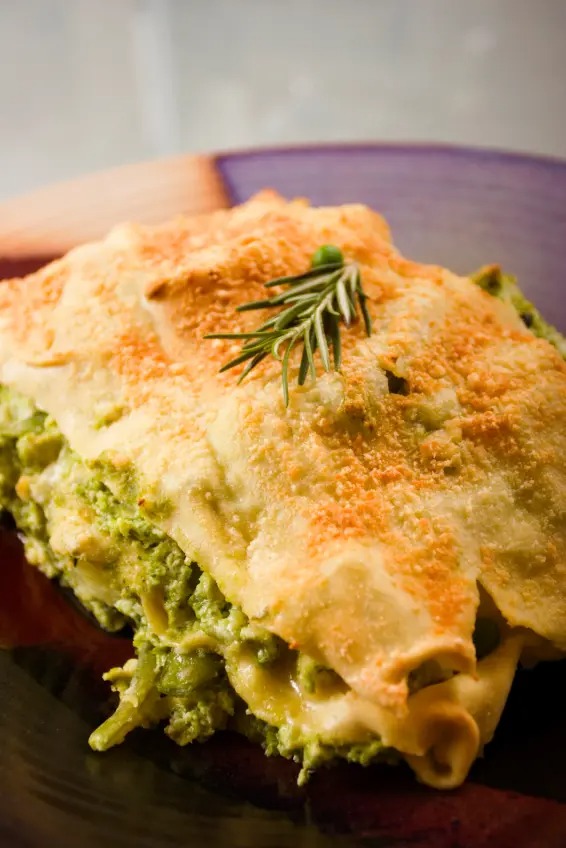
Ingredients
- 2 cups goat cheese
- 1 egg, beaten
- 1 tsp fresh or ½ tsp dried oregano
- 1 cup of your favorite marinara/red sauce
- 1 zucchini, diced
- ½ cup shredded carrot
- 1 bag spinach
- 1 cup mushrooms
- fresh basil leaves
- 4 whole-grain lasagna noodles, broken in pieces
The Method
- Spray slow cooker with non-stick cooking spray, set aside.
- In a small bowl, mix together the goat cheese, egg, and oregano to form the cheese mixture.
- Place 2T of pasta sauce in the bottom of the slow cooker pot. Sprinkle half of the zucchini and half of the shredded carrot over sauce and top with 1/3 cup of the cheese mixture. Break two noodles into pieces and cover the cheese.
- Create the second layer the same way: 2T of pasta sauce, the rest of the zucchini and shredded carrot and top with 1/3 cup of the cheese mixture. Break two noodles into pieces and cover the cheese.
- Continue with the layers: Spread 2T of sauce and then layer half of the spinach, and half of the mushrooms, top with some cheese mixture and broken noodles. Repeat layering with the remaining spinach and mushrooms, ending with cheese, and the remaining sauce.
- Firmly press all the ingredients into the slow cooker pot. Cover and cook on the high heat setting for 4-5 hours. Allow lasagna to rest 20 minutes before cutting into wedges.
- Serve with a little extra sauce and top with chopped fresh basil.

